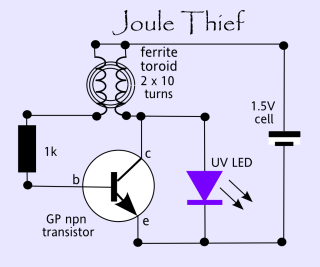Hombre
Queen Bee
- Joined
- Feb 27, 2009
- Messages
- 2,814
- Reaction score
- 3
- Location
- West Midlands
- Hive Type
- 14x12
- Number of Hives
- Ten
A number of people have mentioned the difficulty of clearly seeing eggs in cells when the light is just not quite right. Occasionally the egg actually looks a bit like the glint of sun off a deep nectar surface. Doubtless my eyes are not yet trained to acquire them as fast as they should.
With the ready availability of 5mm UV LEDs, I have to ask if bee eggs flouresce under UV light, and If so, other than something else to drop, what are the perceived drawbacks, particularly if light conditions are less than ideal?
With the ready availability of 5mm UV LEDs, I have to ask if bee eggs flouresce under UV light, and If so, other than something else to drop, what are the perceived drawbacks, particularly if light conditions are less than ideal?






















































